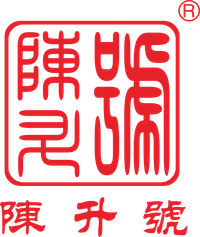Barley Tea Benefits
Barley tea, a beverage made from roasted barley grains, is not only refreshing but also comes with a variety of health benefits tailored to support your wellbeing. Rich in Antioxidants Barley tea is a significant source of antioxidants, which are compounds that help protect your cells from damage caused by free radicals. The antioxidants in barley tea, such as vitamin C and selenium, contribute to your overall health by supporting immune function and reducing inflammation. Antioxidants Found in Barley Tea: Vitamin C Selenium Supports Digestive Health Your digestive system can also benefit from barley tea. Its high fiber content aids...
How to Make Dandelion Tea
Dandelion tea is derived from the Taraxacum species, commonly known as dandelion. Each part of this plant is edible, and it’s known for its several potential health benefits when consumed in tea form. Rich in Antioxidants: Your body can benefit from the high levels of antioxidants in dandelion tea, which help in reducing cellular damage caused by free radicals. Promotes Liver Health: Dandelion tea is traditionally used to support liver function and promote the detoxification process. Aids in Digestion: It can act as a mild laxative and increase your stomach's production of digestive juices, aiding in alleviating constipation and promoting...
What is a Dirty Chai
A dirty chai is a popular coffee and tea beverage that combines the aromatic spices of chai with the robust flavor of espresso. Ingredients and Composition Your dirty chai is composed of a standard chai latte—which is black tea infused with spices like cinnamon, cardamom, and cloves—mixed with a shot of espresso. Typically, the ingredients include: Black tea Spices (cinnamon, cardamom, cloves, ginger, and sometimes nutmeg or black pepper) Milk (dairy or non-dairy alternatives) Espresso (usually one shot) In proportion, the mixture generally favors more chai latte than espresso, often in a ratio that maintains the characteristic chai flavor while...
Tea Biscuits
Tea biscuits originated in the United Kingdom during the 17th century. Initially, they were enjoyed as a luxurious item by the wealthy due to their costly ingredients and the expensive tea with which they were paired. Evolution: 17th Century: Introduction as a luxury item. 18th Century: Becoming popular with the middle class. 19th Century: Mass production begins. Through the years, tea biscuits transitioned from a treat enjoyed exclusively by the aristocracy to a common accompaniment to tea among the middle classes. The industrial revolution in the 19th century facilitated mass production, making them more accessible and affordable. Notable Types: Rich...
Recent articles






